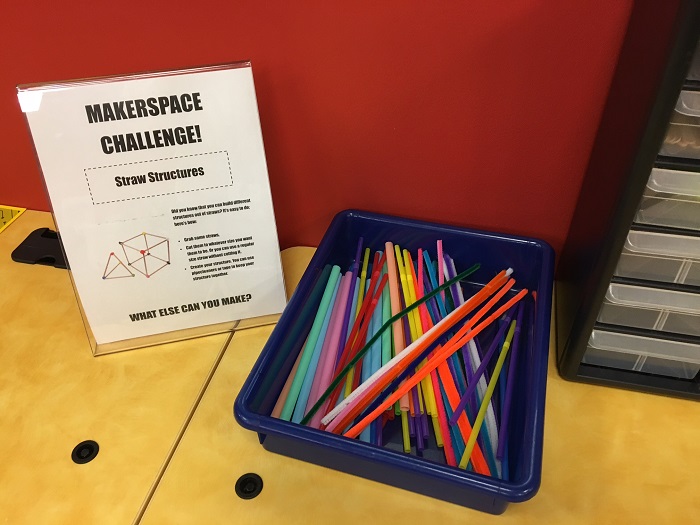It has been ages since I did a favorite theme post! This is mostly due to the fact that I don’t have much time for writing blog posts these days, and these favorite theme posts take HOURS. In an effort to cut back on the amount of time this post will take, I’m not going to create a PDF of the books, and I’m probably going to link to less activities. But I promise that everything I post will be great for a dino themed storytime!
Dino Books:
 Lizard from the Park by Mark Pett
Lizard from the Park by Mark Pett
Best for: Preschool age groups or mixed ages if read at the beginning of storytime.
A little boy finds what he believes to be a lizard in the park. However, when the lizard continues to grow to a gigantic size, the boy realizes that it may not be a lizard. He also realizes that his pet needs a bigger home. This is a sweet book about what it means to care for a pet’s well being. Also, the storytime kiddos won’t be fooled; they’ll know it’s a dinosaur.
 I Wanna be a Great Big Dinosaur! by Heath McKenzie
I Wanna be a Great Big Dinosaur! by Heath McKenzie
Best for: Preschool age groups or toddler groups with parents who aren’t shy.
A little boy pretends to be a dinosaur, then proceeds to tell the dinosaur about all the great things that humans get to do, such as eat a bunch of different foods and play sports. In the end, they decide to be both dino and human. This book has some opportunity for movement and roaring, which preschoolers will do gladly. I’ve found that toddlers only play along when there’s a big sibling or parent stomping and roaring with them. Either way, this book is a hit!
 If I Had a Raptor by George O’Connor
If I Had a Raptor by George O’Connor
Best for: Preschool age groups
Here’s another book in which a dino poses as a pet. In this one, the raptor clearly resembles a cat, which the kids may or may not pick up on. Nevertheless, kids will love hearing about all the shenanigans this dino gets into!
 Dino Duckling by Alison Murray
Dino Duckling by Alison Murray
Best for: All Ages
In this adorable story, a dinosaur is adopted into a family of ducks, who love him just as he is. He never feels different…until winter comes and he realizes that he can’t fly south with his family. But never fear! The ducks come back and they all find an alternate route south. This book is just short enough to work with toddlers, but the preschool crowd will love it too!
 Stomp! Little Dinosaur by Jo Lodge
Stomp! Little Dinosaur by Jo Lodge
Best for: Babies and Toddlers
This is a super short and brightly illustrated book that features pull tabs for extra fun. If you have a toddler group, you can add in some movement by having them blink, stomp, and roar along with the book. This book will also work well with a mixed ages group that includes preschoolers; however, since it is so short, I typically don’t share it if the crowd is predominantly preschoolers.
 Dinsosaur vs. the Library by Bob Shea
Dinsosaur vs. the Library by Bob Shea
Best for: All Ages
Out of all of the Dinosaur vs. books, this one is my favorite, and it’s the only one I share in storytimes. Kids of all ages love roaring along with dinosaurs, and we also make the other animal sounds too. (My favorite is the sad owl: boo hoo hoo!) Every time I read this, I always have at least one coworker comment on how she/he can hear the roaring at the desk. That’s because the kids get really into this one!
 How Do Dinosaurs Say Good Night? by Jane Yolen and Mark Teague
How Do Dinosaurs Say Good Night? by Jane Yolen and Mark Teague
Best for: Toddlers and Preschoolers
This is another dino series in which I pretty much only read the same book over and over (okay, sometimes, I read How Do Dinosaurs Eat Their Food). Told in rhyming verse with large dino pictures, this book works well as a calm down or last story. And kids sometimes like to say “no” when I asked about the various ways dinosaurs may or may not go to sleep.
Flannelboard Templates:
Click on the photos below to be taken to the PDF of the flannelboard templates. The first one is One Dinosaur Went Out to Play by Mel’s Desk, and the other is a baby dinosaur template that is a total rip-off of the baby duck flannelboard by Miss Mary Liberry.
Dino Activities and Rhymes:
- SLC Book Boy has a great flannelboard that goes along with the book, Dini Dinosaur.
- Speaking of flannelboard stories, Miss Jaime’s Library Journeys has a cute Dotty the Dinosaur story/rhyme!
- The queen of all things flannel, Storytime Katie, has some great dino/dragon finger puppets to be used with a revised Two Little Blackbirds rhymes.
- Miss Mary Liberry has a super fun song, The T-Rex Goes Grr, Grr, Grr.
- Story Time Secrets shares a Five Enormous Dinosaurs rhyme (I love the word “enormous!” Vocabulary FTW!).
- Looking to incorporate more math into your dino storytime? This clip and count stegosaurus activity (you’ll have to scroll down a bit) is great!
- Every Star is Different has a lot of dino activities, but I especially love the dino shapes one!
- Got a wiggly crowd? This dinosaur movement game is sure to get the wiggles out!
- Last, but definitely not least, this dino matching puzzle activity is a great way for storytime kids to put their thinking skills to the test.



























